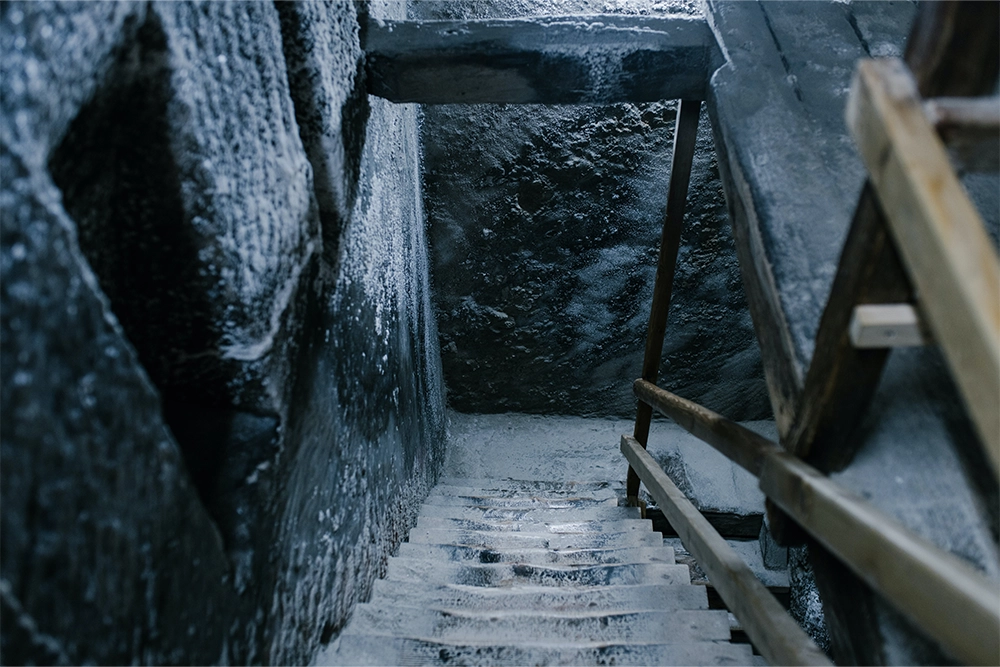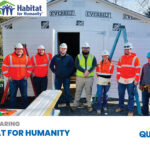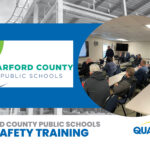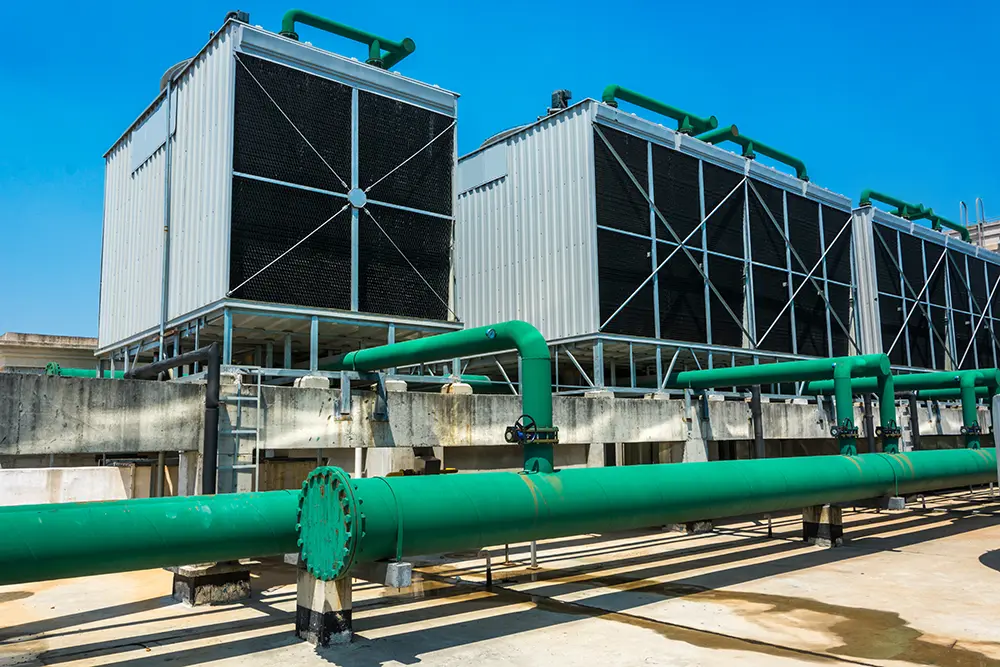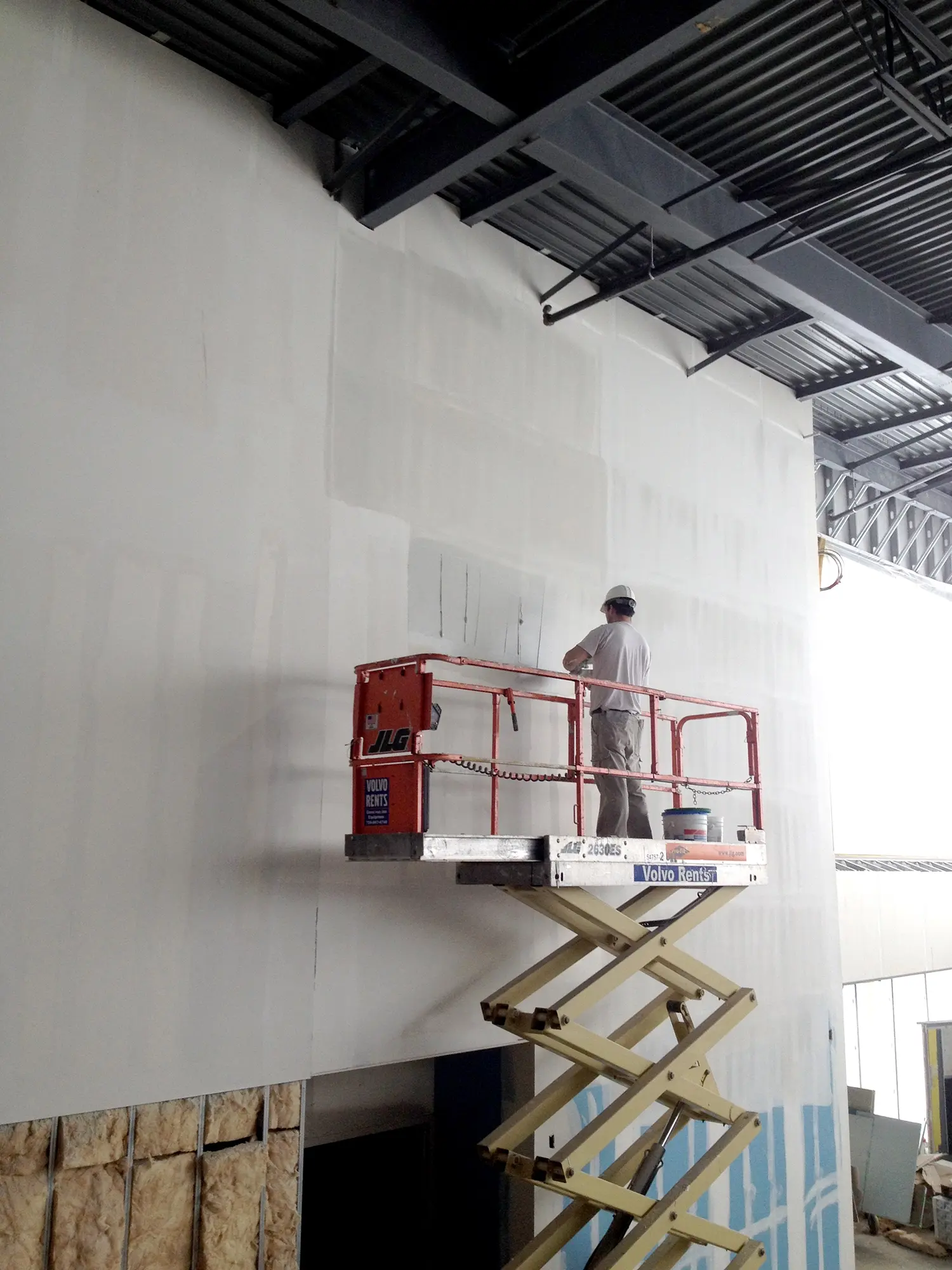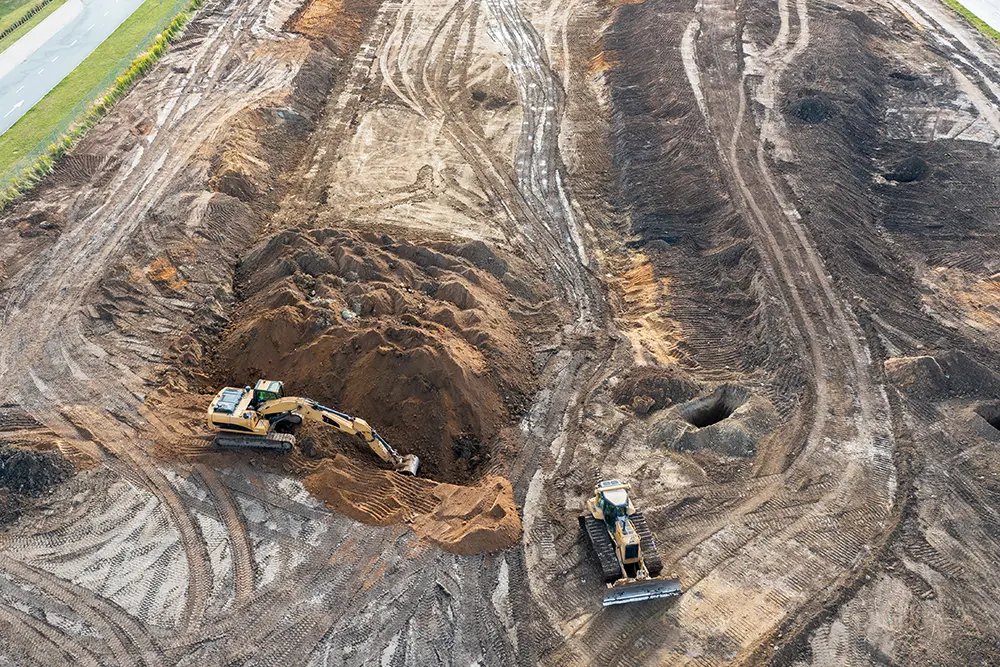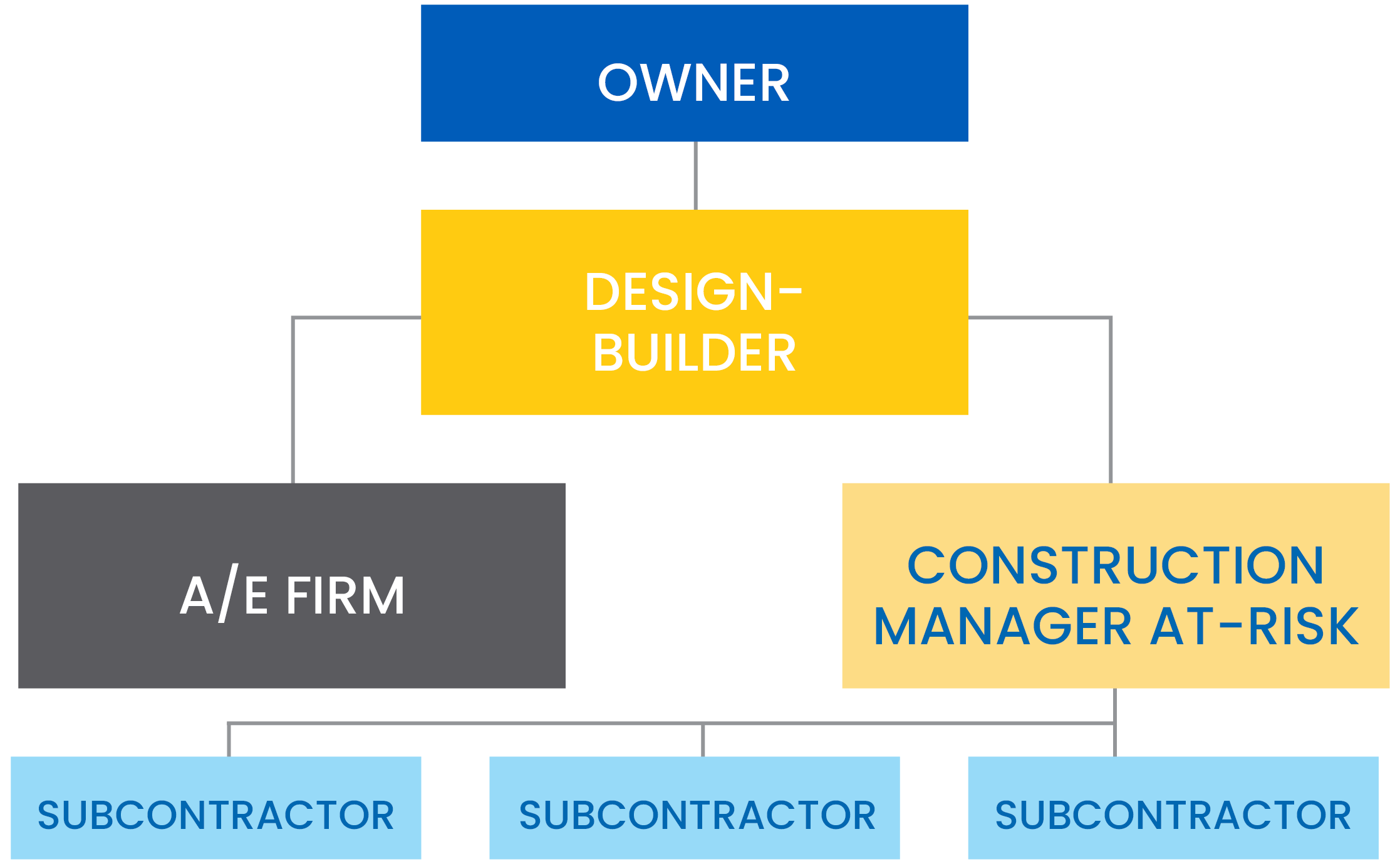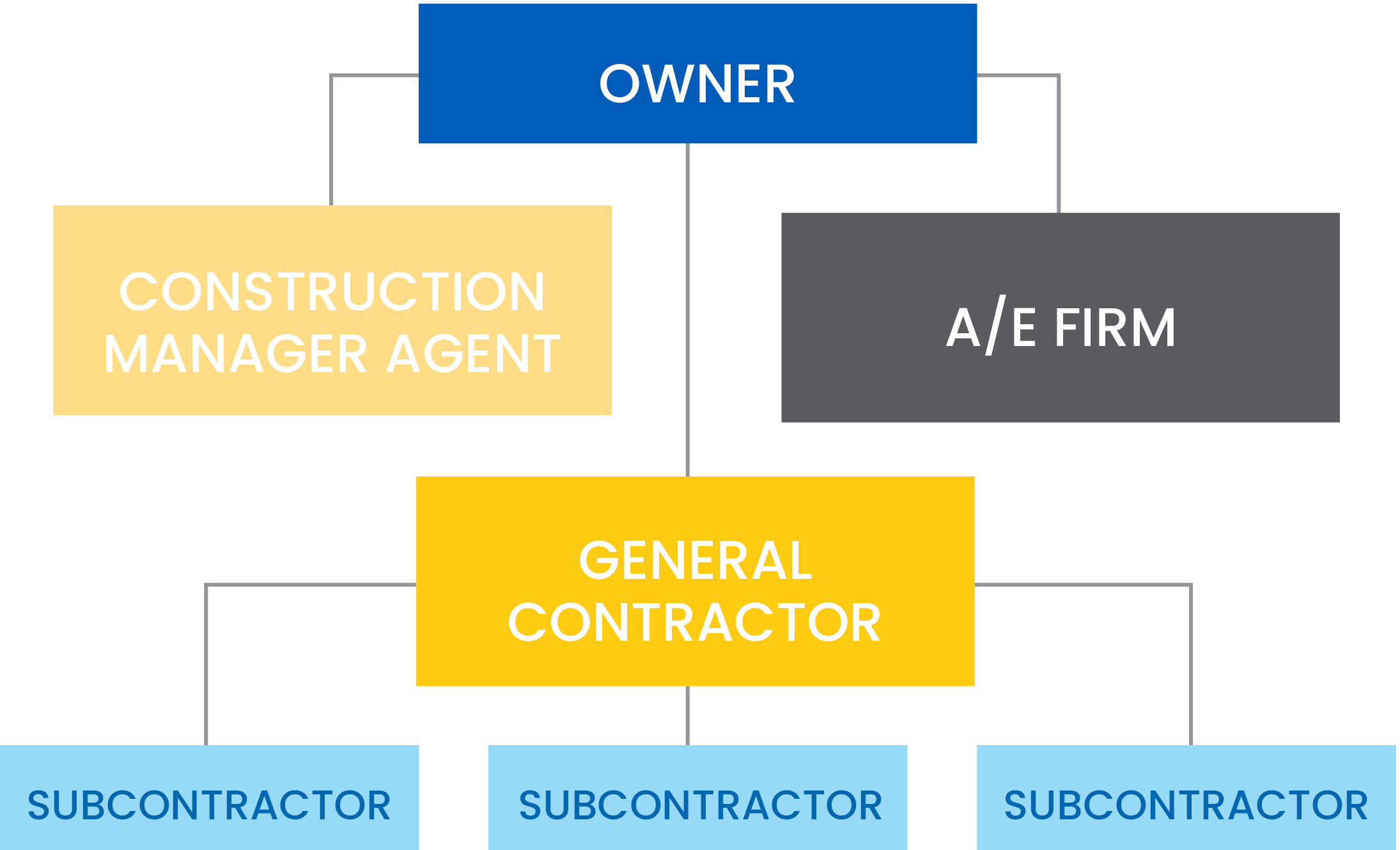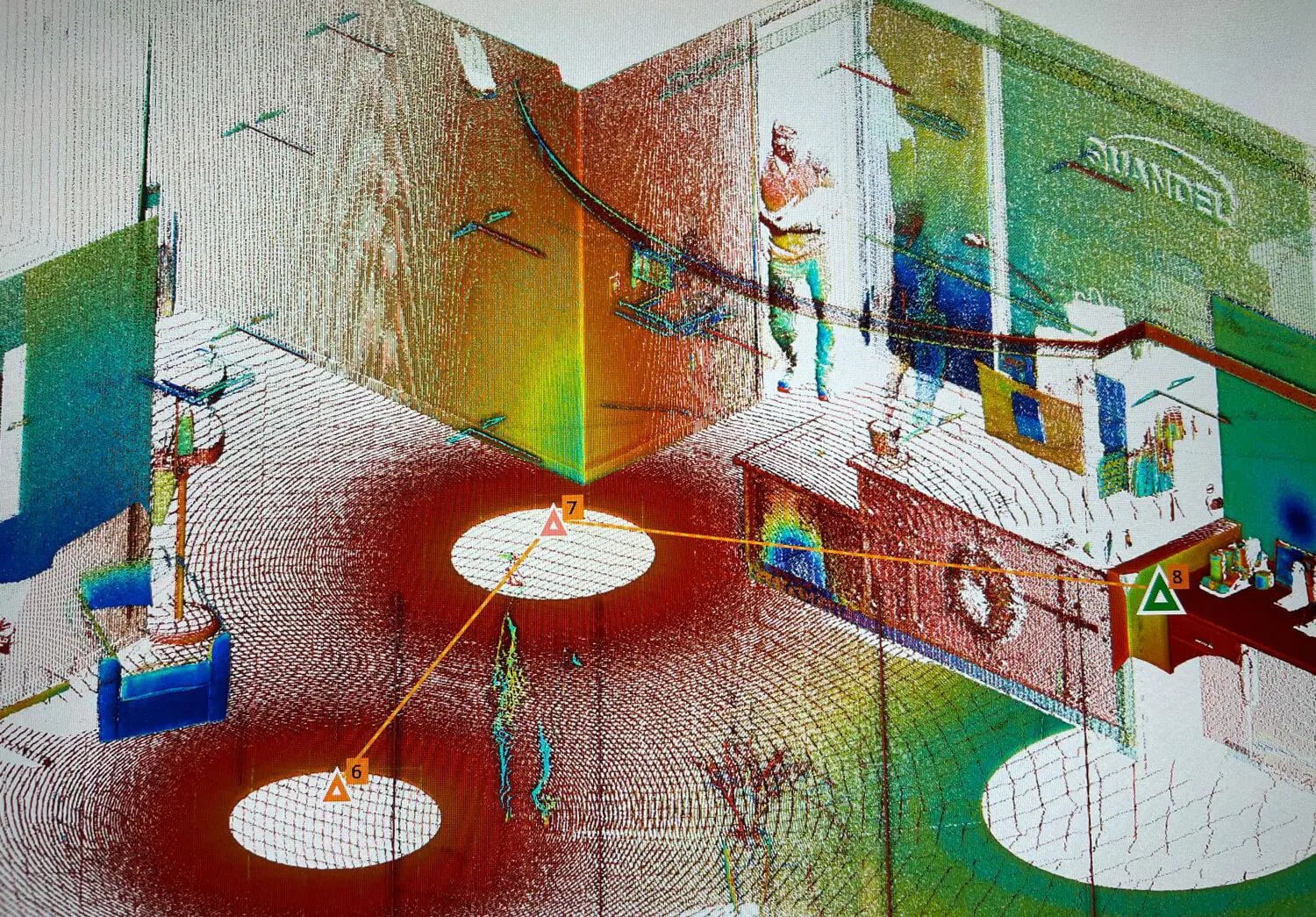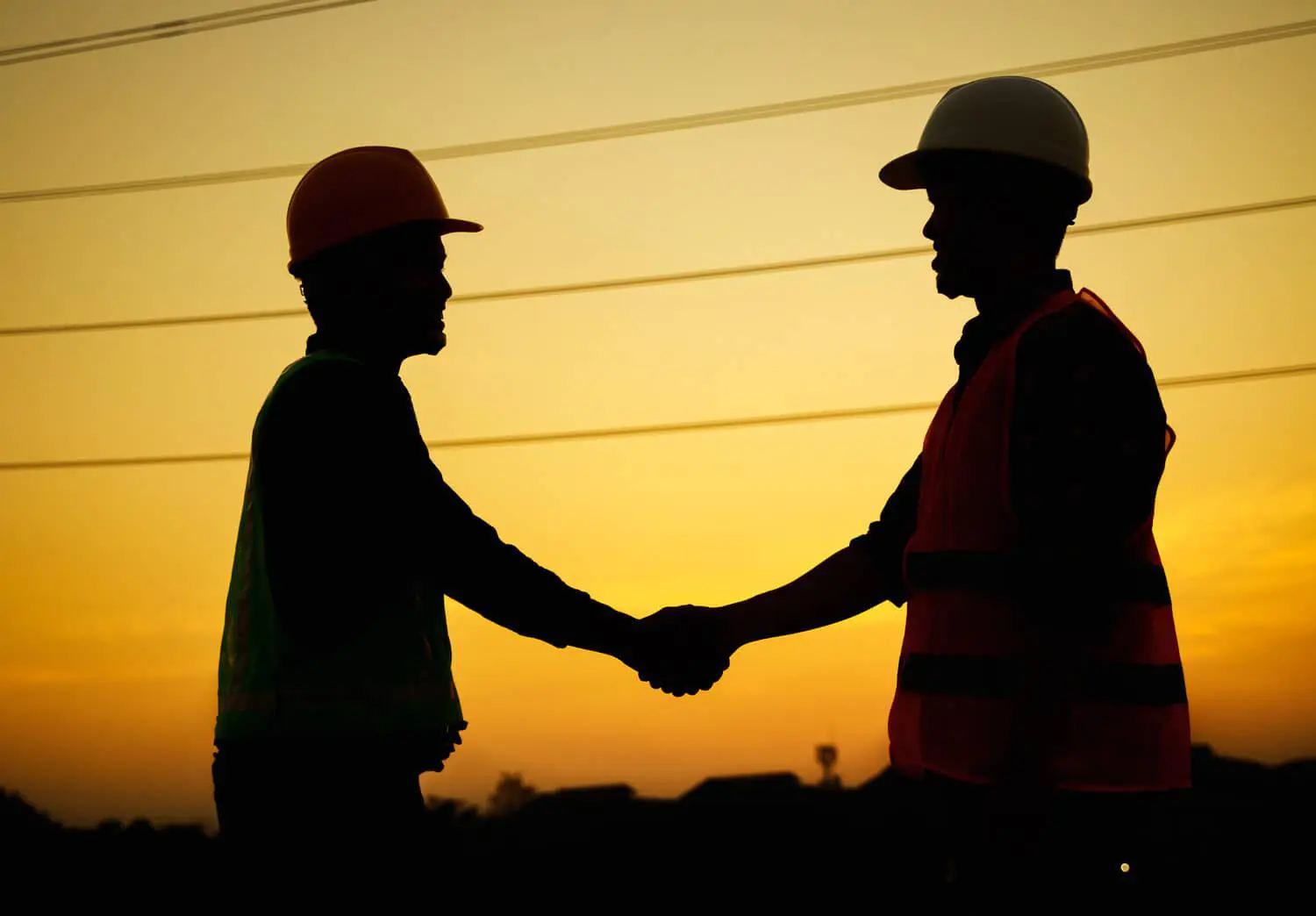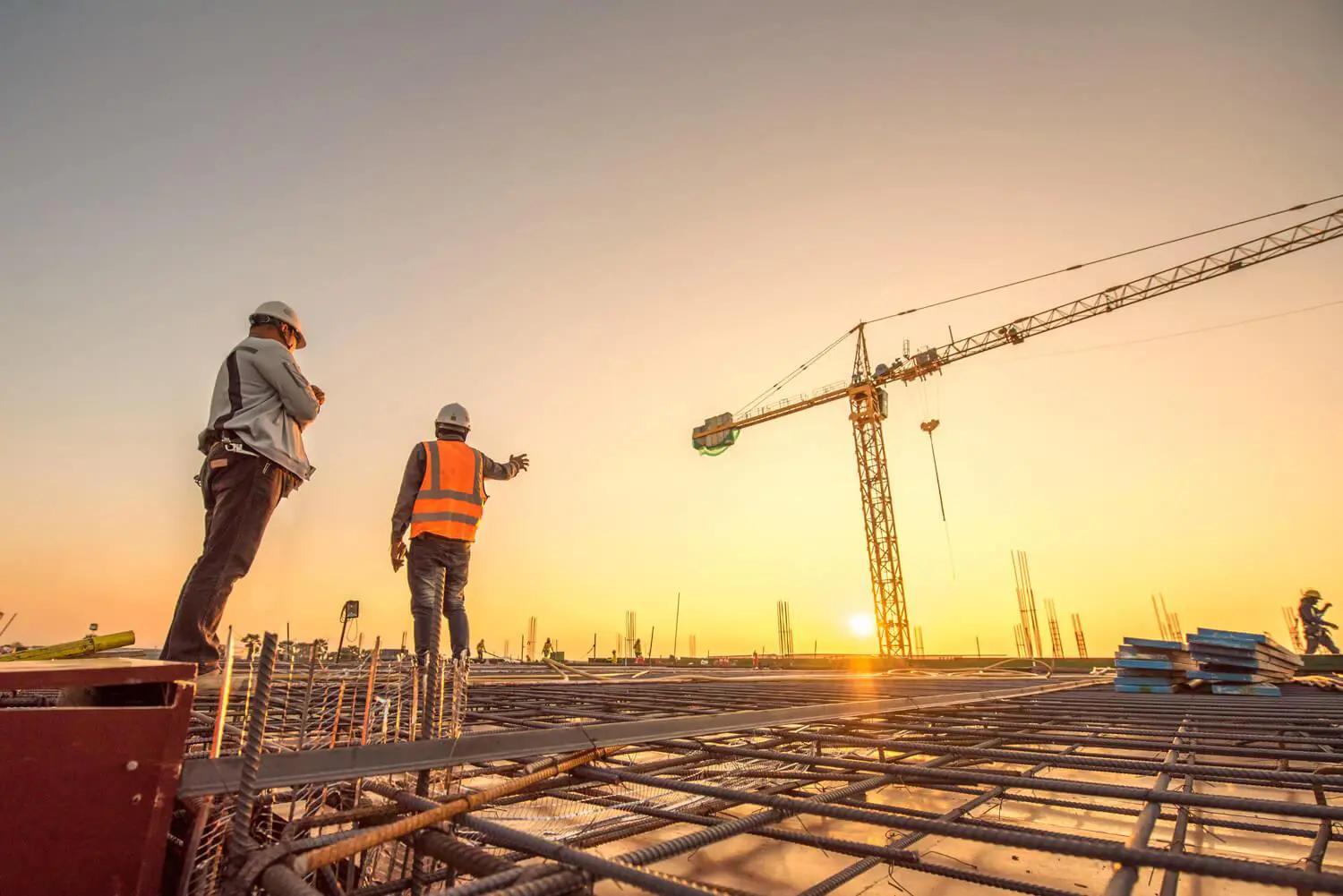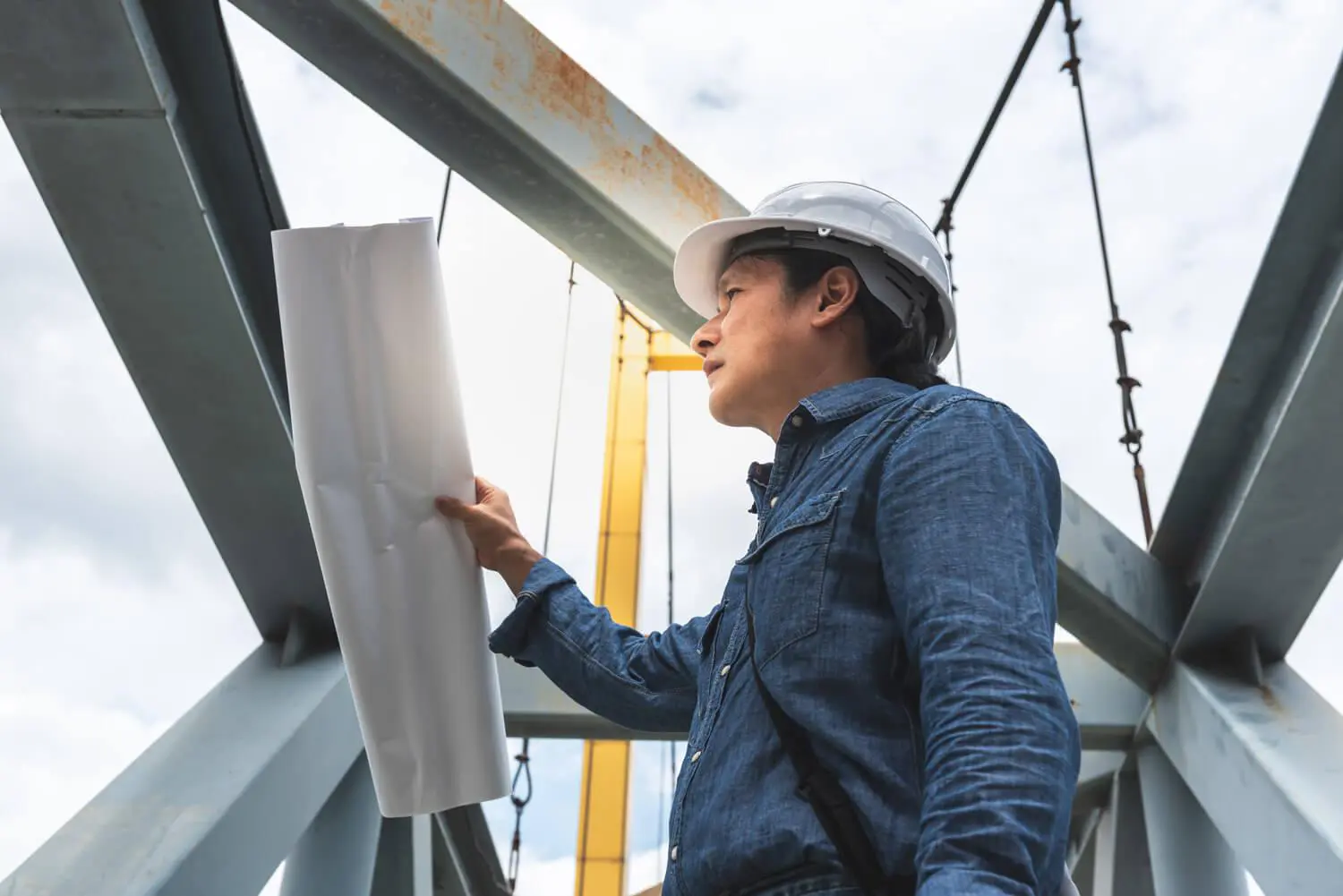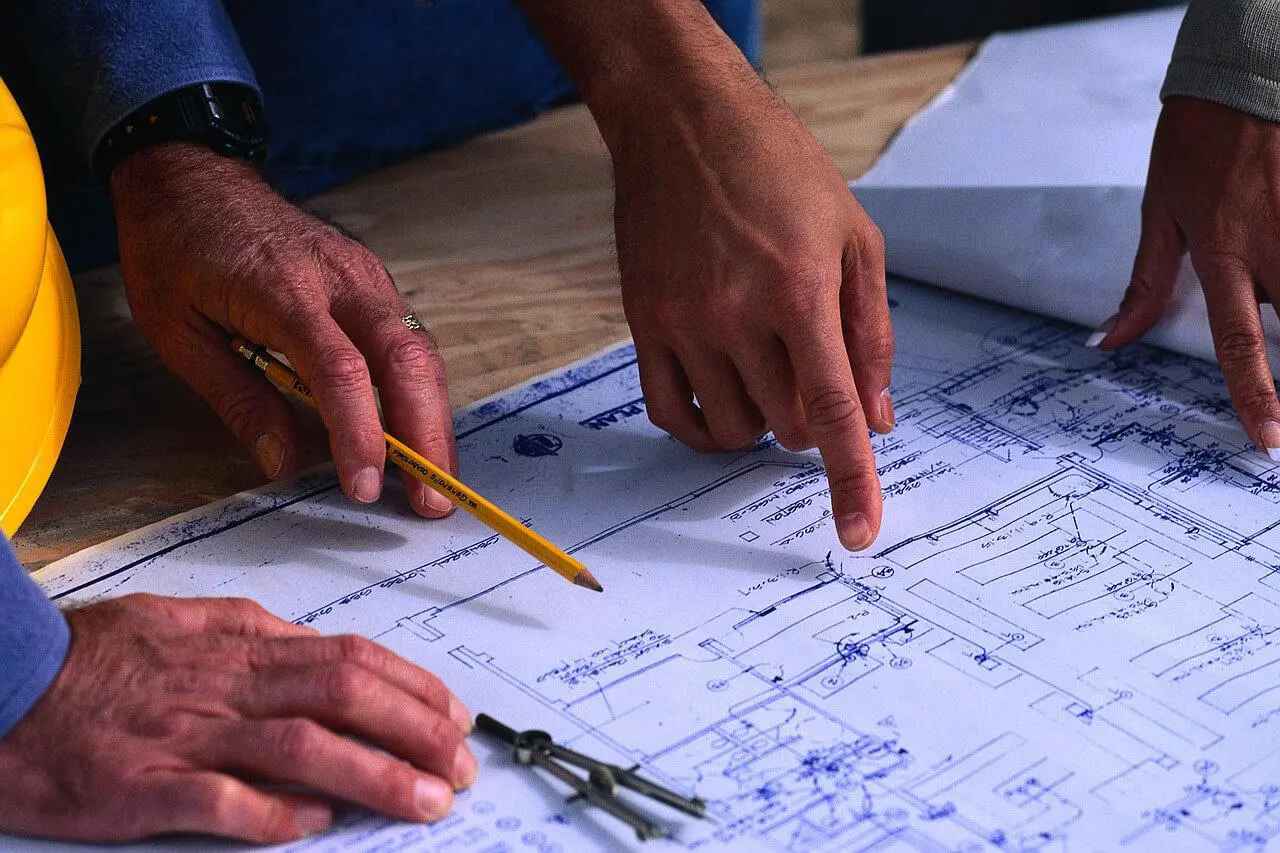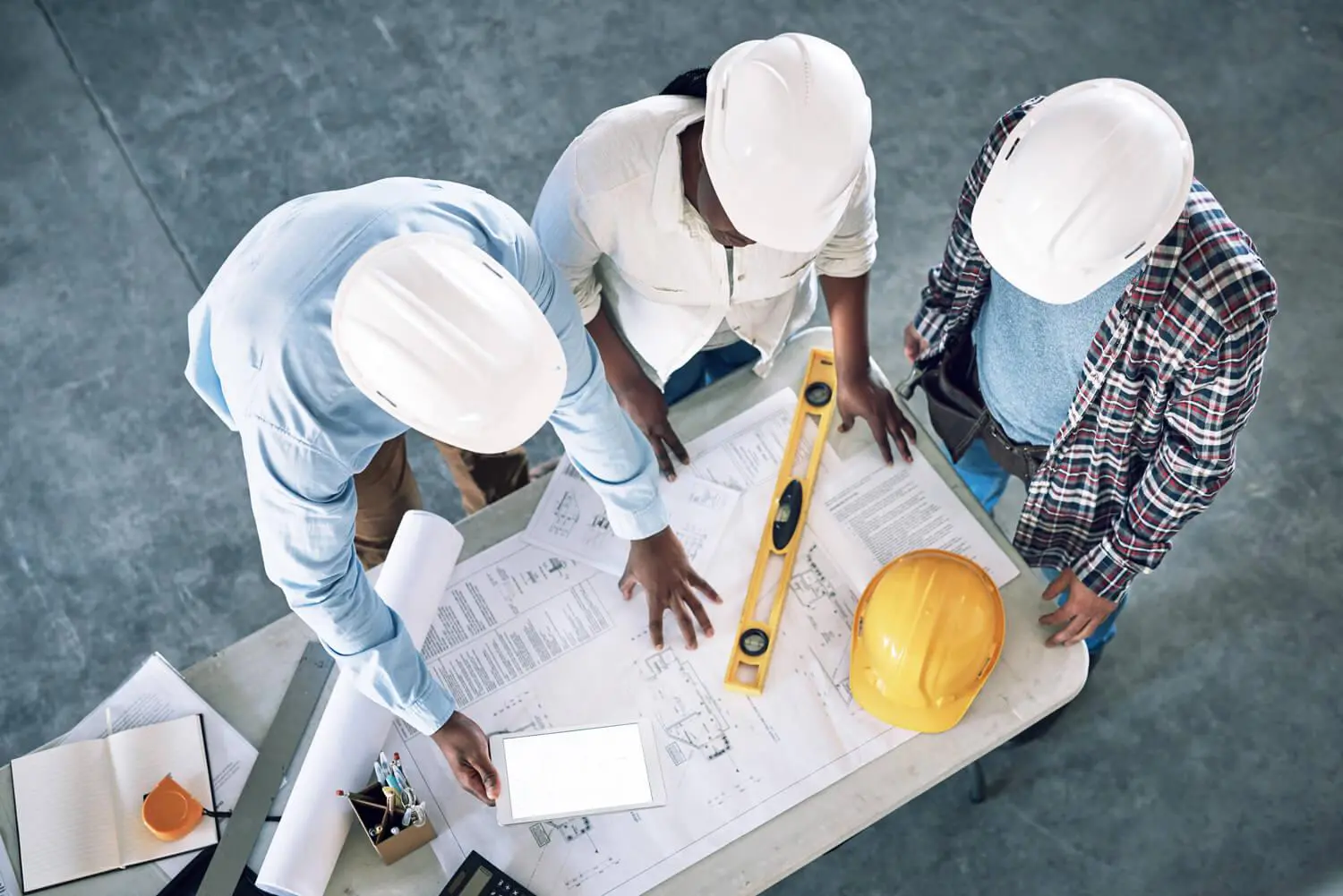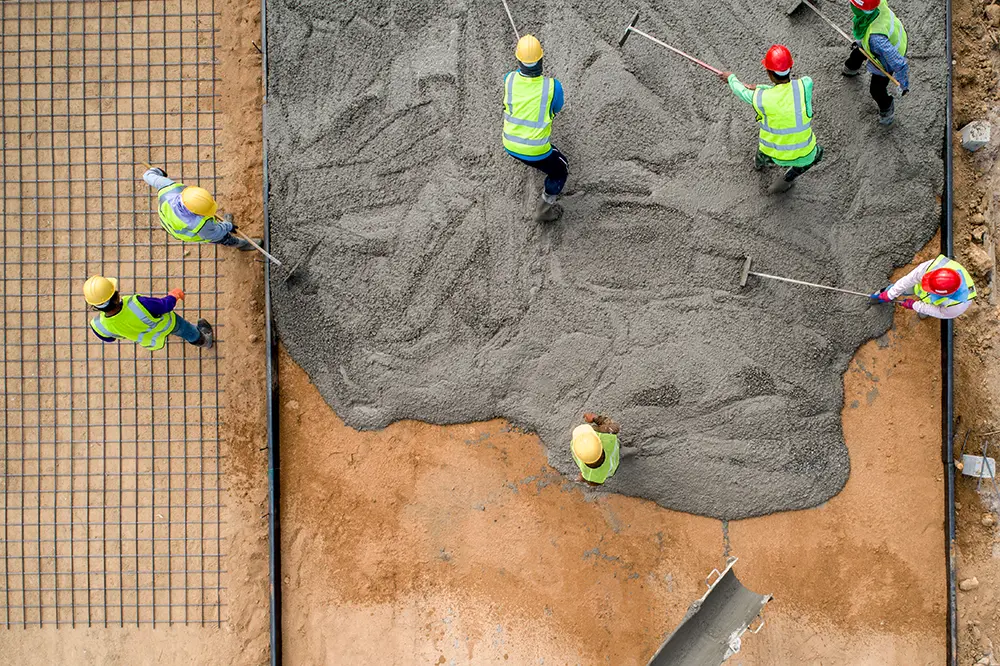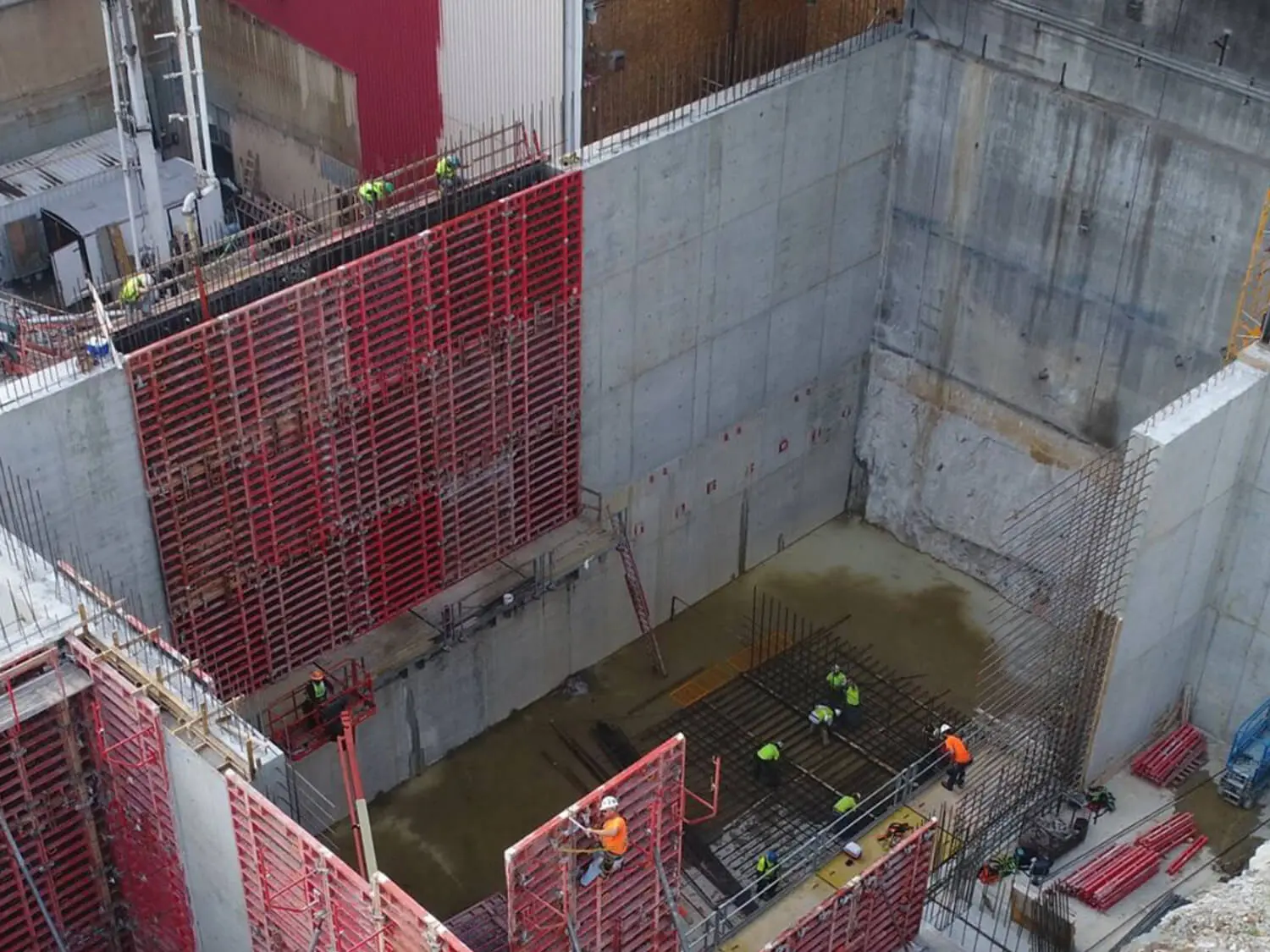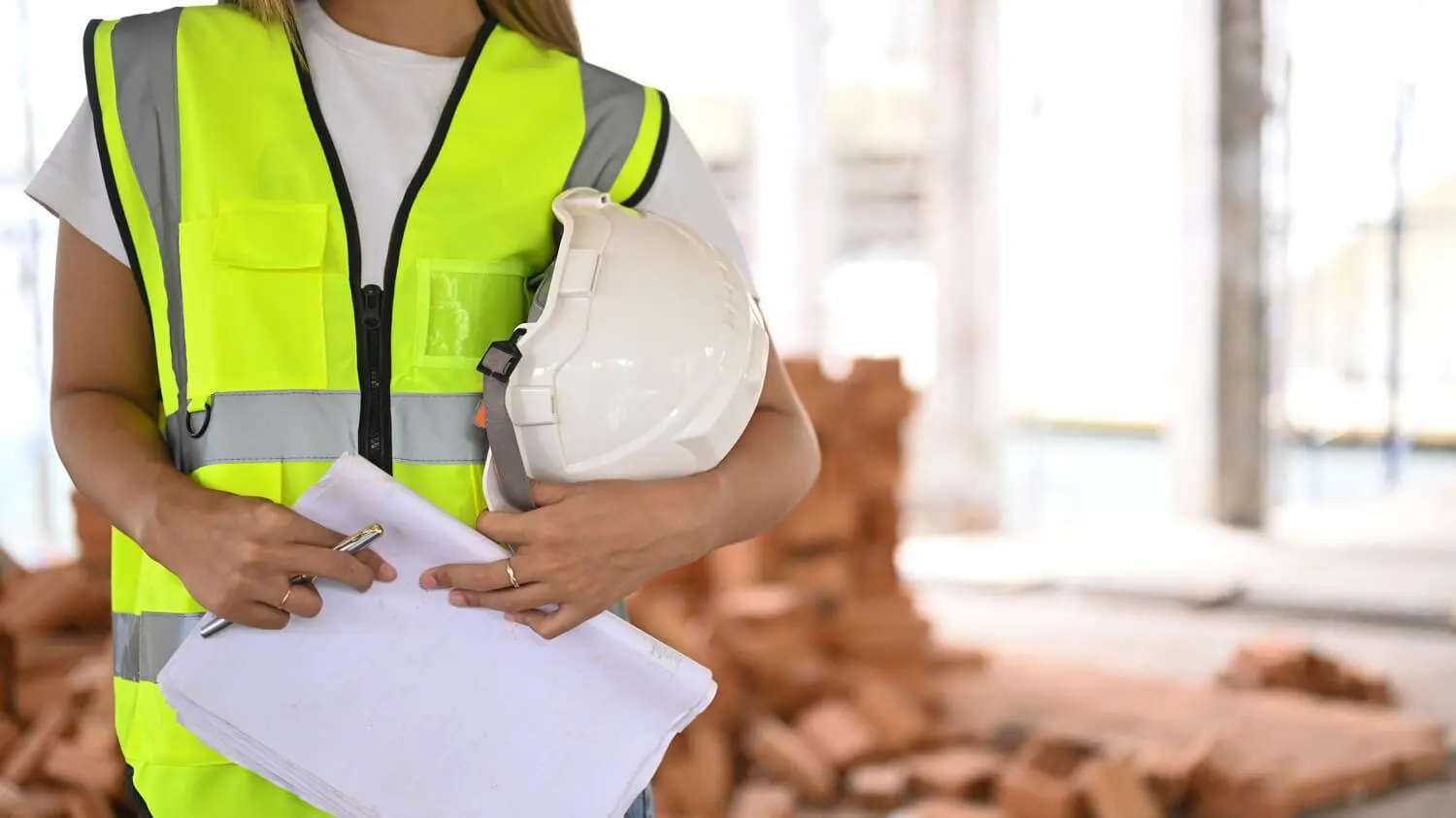Confined spaces pose unique dangers that may go unnoticed until you are already inside and facing hazards. Toxic gases, lack of oxygen, shifting materials, and other risks can lead to injury or death before you have a chance to react. For your safety and the safety of your colleagues, it is crucial to assess the surroundings and understand how to enter and exit confined spaces safely.
THE REALITY
Sadly, even those attempting to rescue fallen individuals often become victims themselves. In fact, historically, 60% of confined space fatalities involve would-be rescuers who enter the space, only to be overcome by the same hazards. In other words, for every person who dies in a confined space, two more lives are lost in rescue attempts.
THE RISK OF RESCUE
Sadly, even those attempting to rescue fallen individuals often become victims themselves. In fact, historically, 60% of confined space fatalities involve would-be rescuers who enter the space, only to be overcome by the same hazards. In other words, for every person who dies in a confined space, two more lives are lost in rescue attempts.
COMMON HAZARDS
When working in confined spaces, you face several hazards, including:
- Lack of oxygen, leading to suffocation.
- Fire or explosion risks due to the accumulation of flammable vapors.
- Health hazards from toxic vapors.
- Difficulty exiting the space during emergencies.
- Risk of being caught in equipment due to cramped working conditions.
- Poor visibility.
- High levels of noise.
- Extreme temperatures.
REGULATORY REQUIREMENTS
To provide a safe workplace, regulatory agencies mandate the implementation of plans for working in confined spaces. If you work in such environments, it is crucial to be familiar with your company’s procedures for safe entry and working within confined spaces. Identification and classification of confined spaces, along with the development of safe entry procedures, should be prioritized. Confined spaces fall into two main categories: non-permit and permit-required. Permit-required confined spaces must display signs indicating the need for a permit to enter.
PERMIT-REQUIRED CONFINED SPACES
Permit-required confined spaces present one or more of the following hazards:
- Potential for a hazardous atmosphere.
- Presence of materials capable of engulfing individuals.
- Internal configuration that may trap or asphyxiate someone due to converging walls or downward-sloping floors (e.g., a grain silo).
- Existence of any other recognized serious safety or health hazard.
Before entering a confined space, it is essential to consider the following precautions:
- Familiarize yourself with safe entry procedures.
- Know the quickest exit routes.
- Verify that the space has been tested and confirmed free of toxic or flammable vapors with sufficient oxygen levels.
- Know that the atmosphere within the space will remain safe throughout your work.
- Understand the rescue plan in case of emergencies and have appropriate rescue equipment avialable in good condition.
- Confirm that a person outside the confined space is monitoring your work and is aware of the rescue plan.
ATMOSPHERIC TESTING
Before entering a confined space, conduct atmospheric testing to determine adequate oxygen levels and the absence of other atmospheric hazards. It is crucial to use properly calibrated testing equipment and to have received training on its use. If work inside the space may alter the atmosphere, such as through welding or painting, additional ventilation and continuous air monitoring may be necessary.
AVOIDING SHORTCUTS
Working safely in confined spaces is possible, but it requires careful planning and preparation. It is important not to succumb to the temptation of taking shortcuts. Adhering to all safety precautions is paramount, and if you are unsure about the correct procedures, do not hesitate to speak up and seek clarification. Your role in ensuring safety is crucial. By consistently following safe work procedures and avoiding unnecessary risks, you contribute to a safe working environment for yourself and your colleagues, both now and in the future.
Working in confined spaces presents inherent dangers that can have severe consequences. It is essential to be aware of these risks and take the necessary precautions. By recognizing the potential hazards, understanding safe entry and exit procedures, conducting atmospheric testing, and following established protocols, you can mitigate risks. Remember, safety should never be compromised, and your commitment to working safely is paramount. Stay vigilant, follow procedures, and protect yourself and your coworkers in confined spaces.


